5 Tips and Guidelines to Flexographic Printing
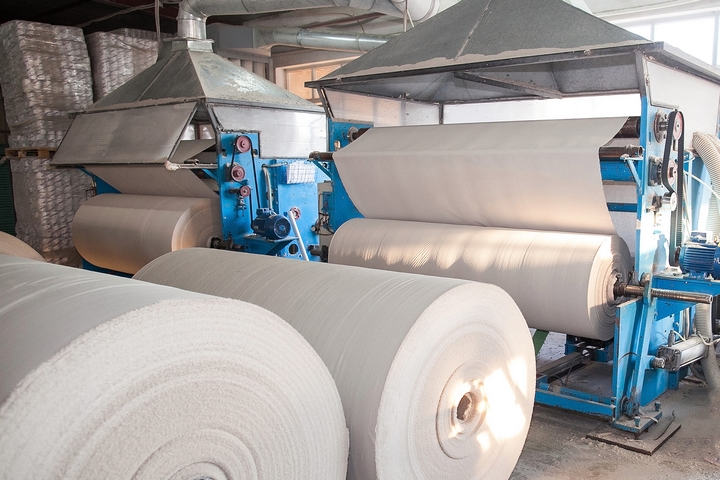
Flexographic printing changed the printing game, so to speak. And although it improved upon so many aspects of printing, there is still some maintenance and care involved in making sure it continues to be effective for your printing needs.
One of the most important things to take care of is the storage of your flex sleeves.
1. How to store flex sleeves

It is advised to store flex sleeves vertically. This allows them to maintain their shape over time, and it takes up much less space. It also makes finding them easier and it makes for a much tidier and organized space, which increases work flow and productivity for your business.
This method also makes the flex sleeves last longer, which means replacing less frequently. That means saving a lot of money that would have been wasted on needlessly purchasing replacement flex sleeves.
2. How not to store flex sleeves
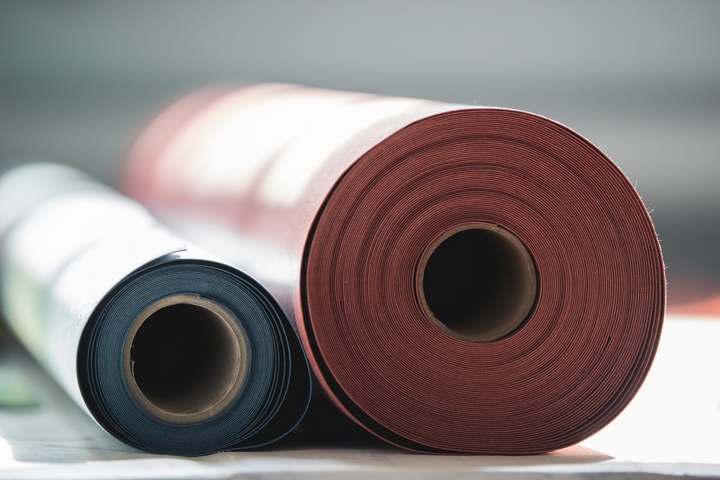
Storing flex sleeves horizontally is not advised. It is a dangerous method of storage, because the flex sleeves could fall and hurt the employees fetching them. It is harder to find the sleeves this way, and over time they become misshapen – usually transforming into an oval shape due to the gravity weighing it down. The deformation is even more likely to occur if the flex sleeves are piled high.
Some people hang their flex sleeves on pegs. While this is a slightly more organized way of storing flex sleeves, it also puts them in a position where over time they will become oval shaped due to gravity.
3. Solutions for storage
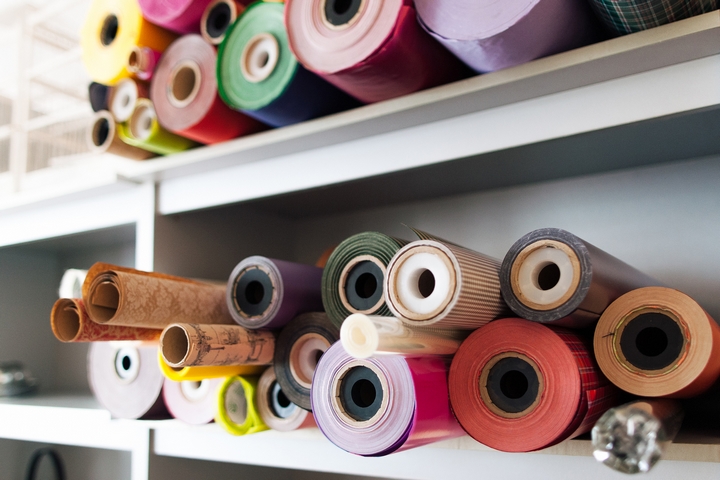
There are custom storage solutions available for storing flex sleeves. These solutions are built to ensure that none of the negative storing effects occur, and to maximize efficiency and functionality.
Some features of a flexographic storage solution may include labelling systems, multi-level storage, and protection for the flex sleeves. These systems try to make the storage as compact as possible and to use space efficiently.
4. Why good storage solutions are necessary
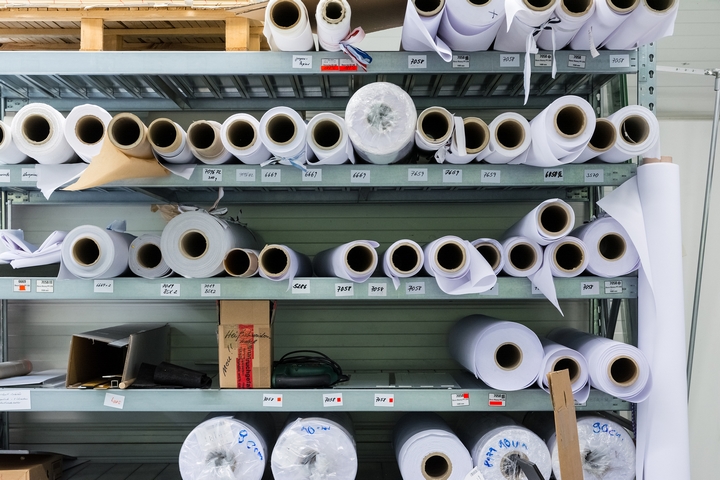
Not storing your flex sleeves properly will cost you extra money in the long run and could decrease the safety of your employees.
Once a flex sleeve is bent out of shape, it’s pretty much ruined. If it isn’t too deformed, it may still be possible to put it on the press mandrel, but it will be incredibly difficult. If it isn’t possible to put the flex sleeve on the press mandrel in the end, then it will need to be replaced. Replacing these parts is extremely costly, and if all of the flex sleeves have been stored the same way, chances are that more than one is ruined.
Storing your flex sleeves correctly will also save you from having employees injured all the time from falling flex sleeves. It will save them pain, save you money and lost employees, and it will save the company’s reputation, indicating that you take steps to take care of your employees.
5. Flexographic storage accessories
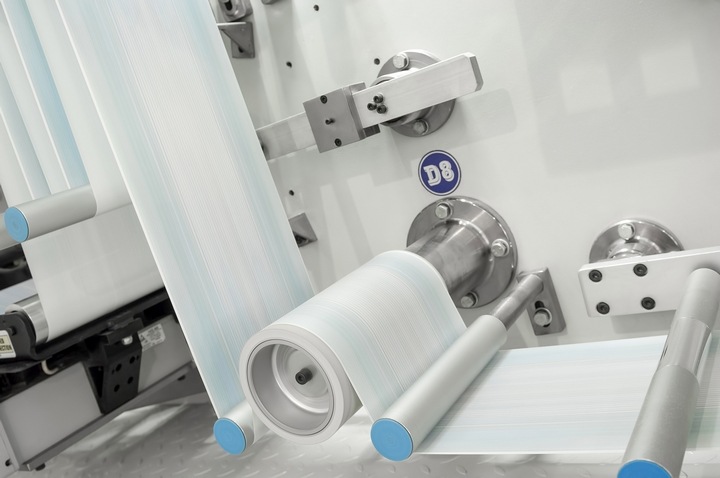
Long-term storage is important, but when you’re going to be moving flex sleeves around, it is still important to keep them safe.
There are other pieces of equipment that complement a good flexographic sleeve storage system. For example, sleeve carts are carts that aid in the transportation of sleeves from storage to wherever they’ll be used, and to keep them safe in the meantime.
Funnily enough, sleeve carts actually use the peg system to store flex sleeves. However, because they are meant as a short-term storage, just for transportation and short-term holding, there isn’t time for the flex sleeves to become misshapen.
